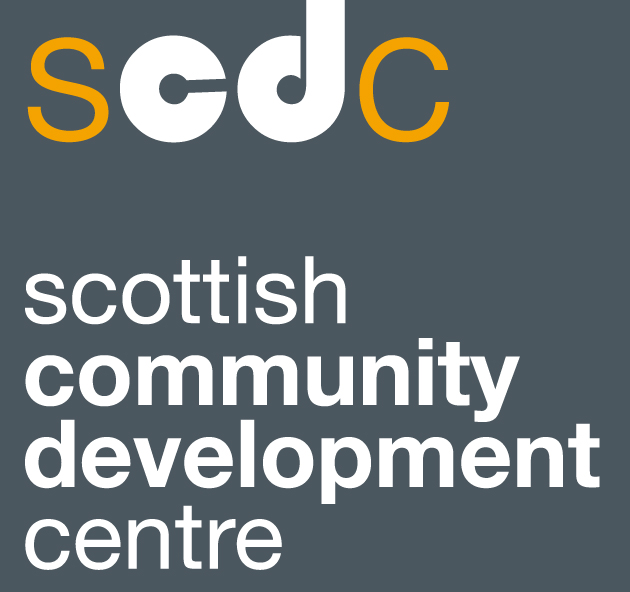Everything you need to know
What do we mean by ‘assets’ and ‘community capacity’ in community-led action research?
‘Assets’ and ‘community capacity’ are key terms when talking about community-led action research. They’re both central to understand how communities can use their knowledge, skills and experience to influence research in and about their communities.
Assets
In this context, ‘assets’ is about seeing the existing strengths of people and communities, and supporting them to use their skills, knowledge, experience and ideas for the benefit of their research.
These assets are precisely what makes community-led action research so valuable. Through conducting their own research, people in communities can contribute their unique insights based on lived experience to what we know about an issue. Another asset is the trust and understanding that community members have with one another, which leads to community-led action research unearthing rich information.
Just to clarify, one thing we don’t mean here is land and buildings, which are also important to communities of course.
Community capacity
‘Community capacity’ is similar to ‘assets’ in that it is about the skills, knowledge and abilities of people in communities. However, when we talk about ‘building community capacity’ we are recognising that people often require support to build on these strenghts and also to develop new ones.
Being supported to learn and use research skills is a great example of building community capacity.
How these terms fit with Knowledge is Power
Knowledge is Power helped build the strengths and skills within a community in two ways. Community groups gained research skills and made new connections which they can use to conduct further research in their community, and also transfer to other areas of life, including employment.
Read the key learning from Knowledge is Power.
“[Community-led action research] provides new skills and ways forward for communities.” (Participant at end of programme learning event)


